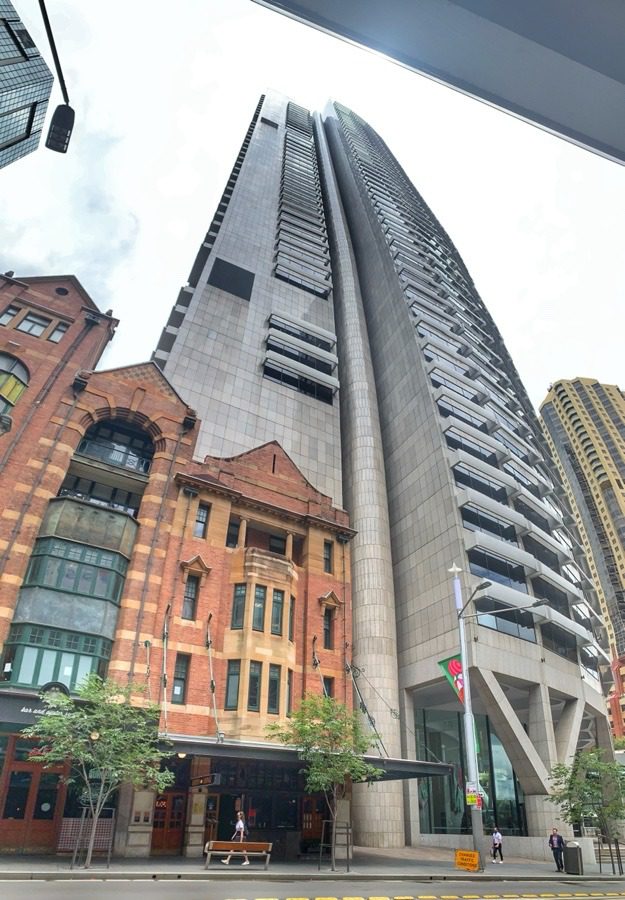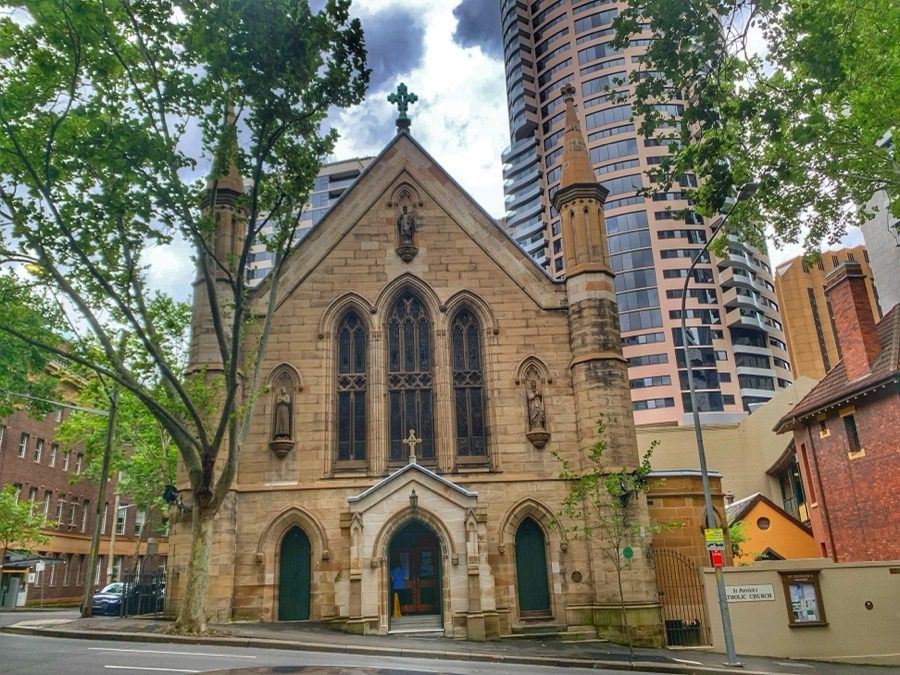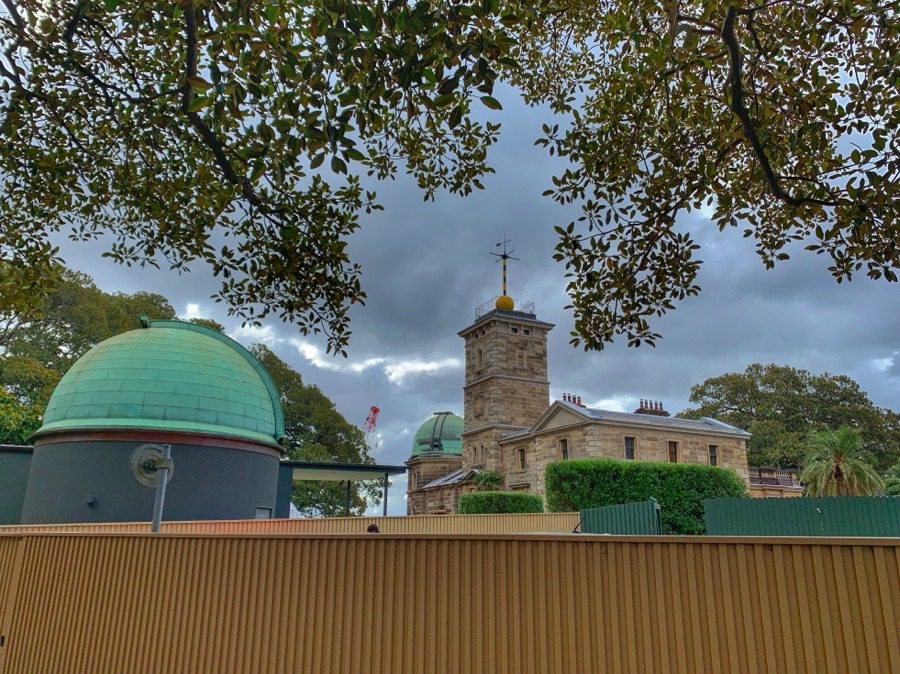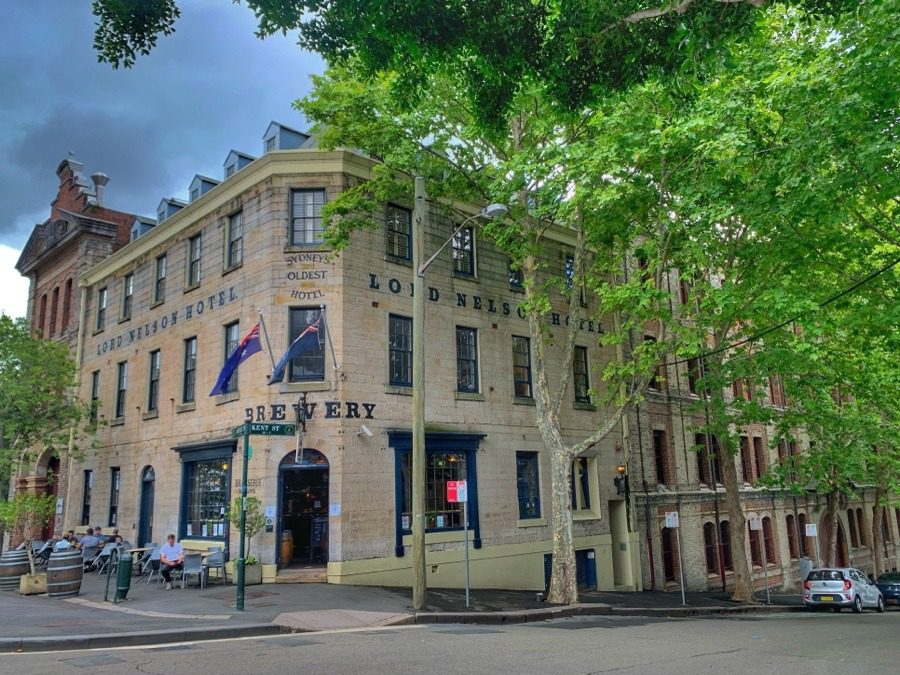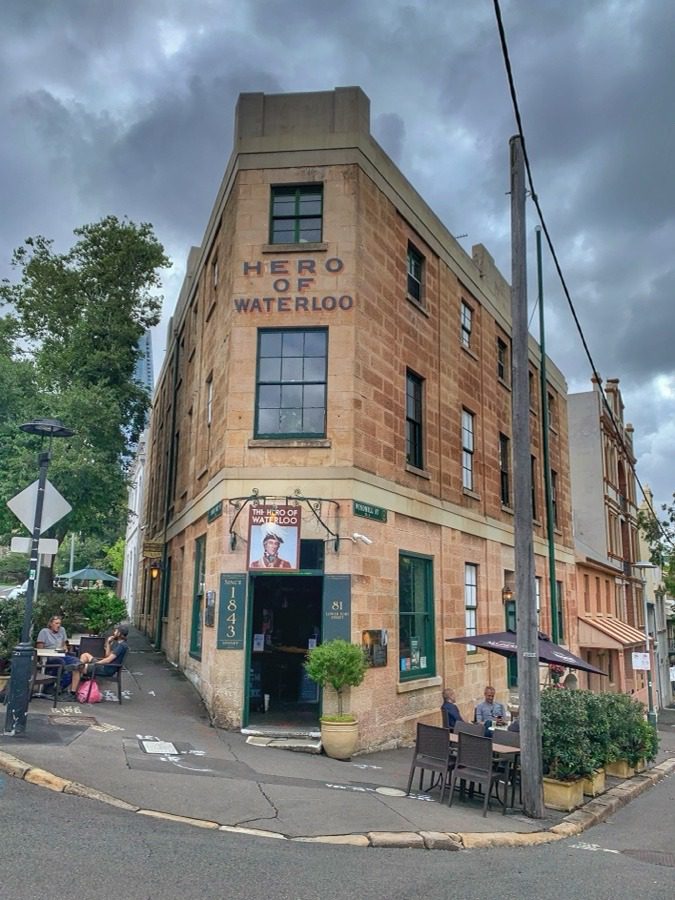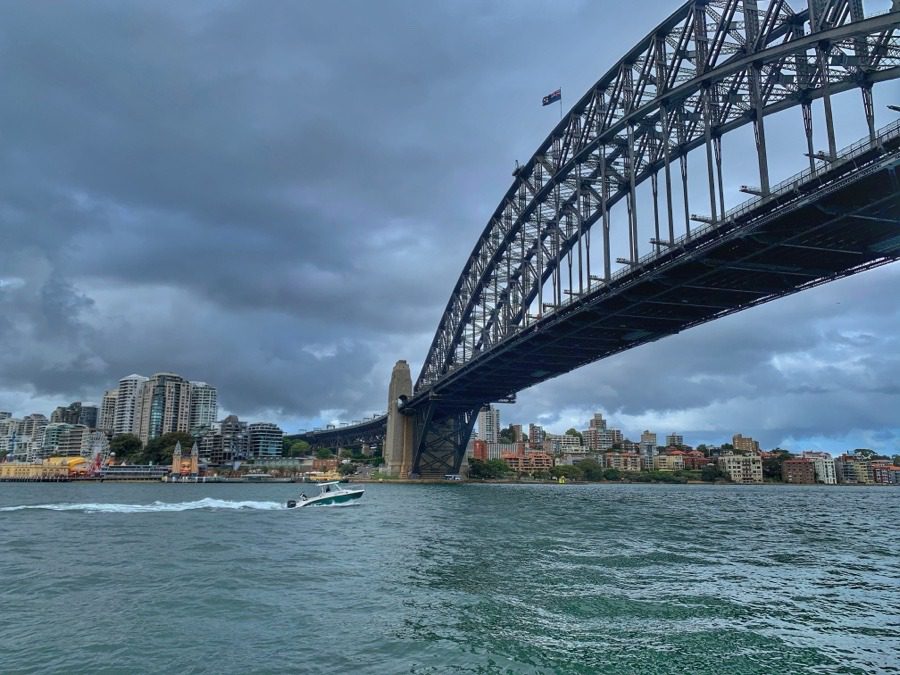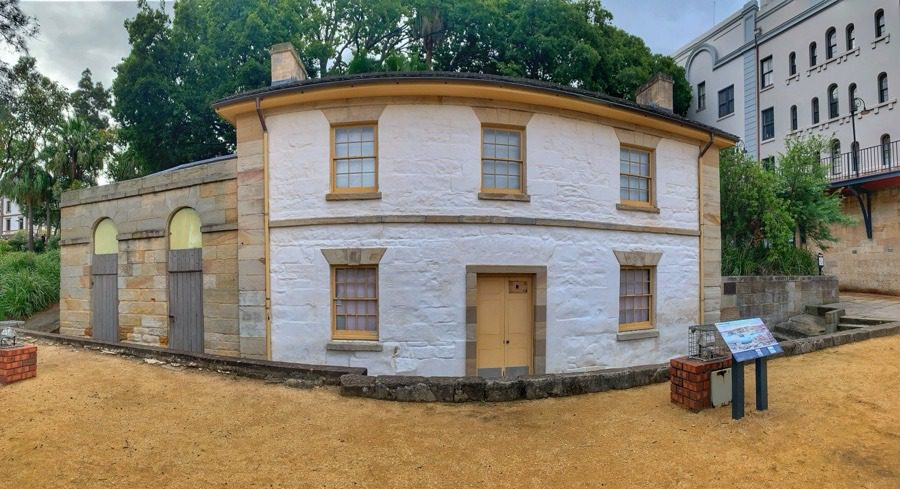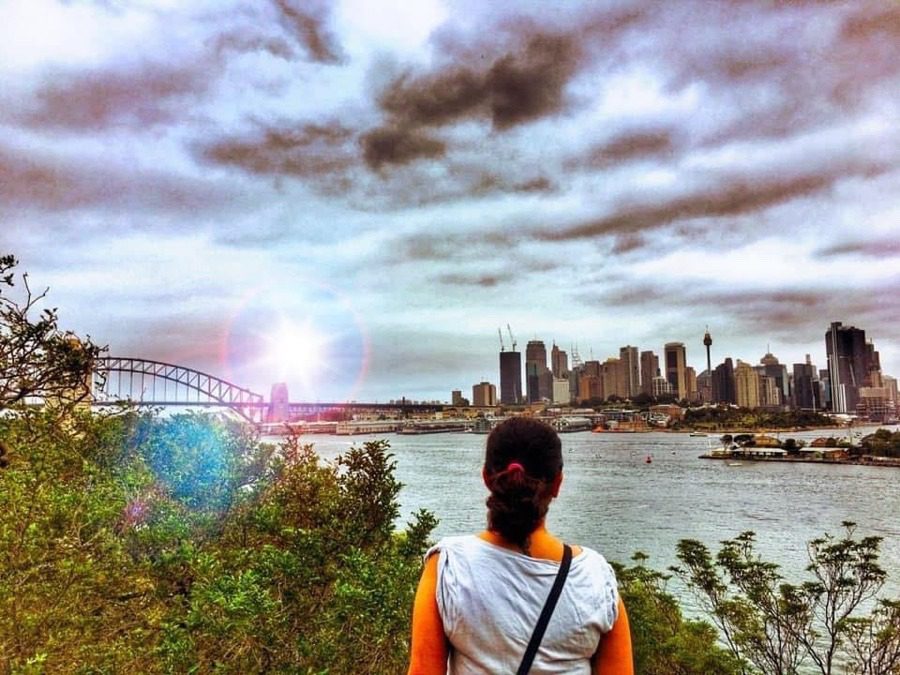Sydney’s Hidden Past: Colony History Walk Exploration (2024)
There’s a unique sense of discovery that comes with exploring your own city as if you were a tourist, and that’s precisely what I find myself doing in Sydney. During my exploration, I chanced upon the Colony History Walk. This engaging walk is divided into two parts: Part 1 takes you from Customs House to The Big Dig, while Part 2 leads you from The Australian Hotel to Dawes Point. It’s a refreshing way to rediscover the rich history and hidden treasures right in our own backyard.
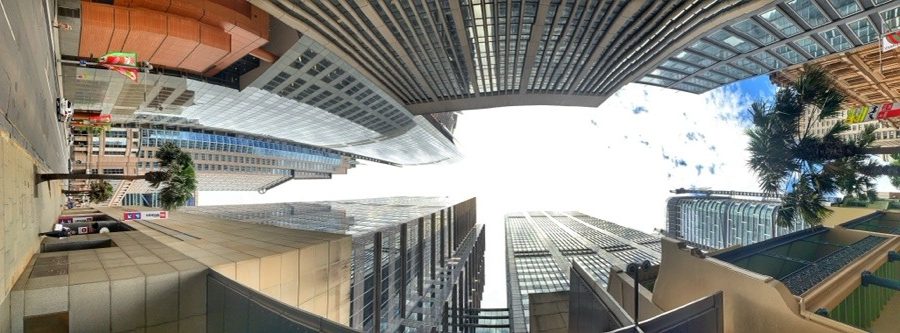
Page Contents
PIN for later reference – Colony History Walk
This article may contain affiliate links, meaning if you decide to purchase via my links, I may earn a commission at no additional cost to you. For complete information, please see our affiliate disclaimer here.
About Colony History Walk
The Colony History Walk spans Circular Quay, The Rocks and Millers Point, guiding you through the very peninsula where colonial Sydney first took root. This historical route is believed to have been traversed by early settlers, convicts, sailors, soldiers, and whalers, offering a fascinating journey through the footsteps of those who shaped Sydney’s beginnings.
Part 1: Customs House to the Big Dig
Commencing at Circular Quay’s Customs House and concluding at The Big Dig in The Rocks, this captivating walk unfolds over 1 to 1.5 hours at a relaxed pace. A noteworthy detail is the presence of steep stairs along the way, adding an extra element of exploration to the journey.
- Starting Point: Customs House.
- Finishing Point: The Big Dig.
- Total Distance: 2.2 kilometres.
- Total Time Taken: 1 to 1.5 hours.
- Grade: Easy.
- Path: Customs House — Site of First Government House — Bridge Street — Grosvenor Place — Church Hill (St Patrick’s & St Philip’s Church) — The Big Dig.
Stop 1: Customs House
Situated in Circular Quay, Customs House is a heritage-listed museum with a rich history. Established in 1845, this iconic building has transformed over the years and now houses a library and a restaurant. Originally serving as the head office for the New South Wales (NSW) operations of the Department of Trade and Customs until 1988, Customs House showcases Victorian Georgian-style architecture on the land traditionally owned by the Eora people, the Indigenous custodians.

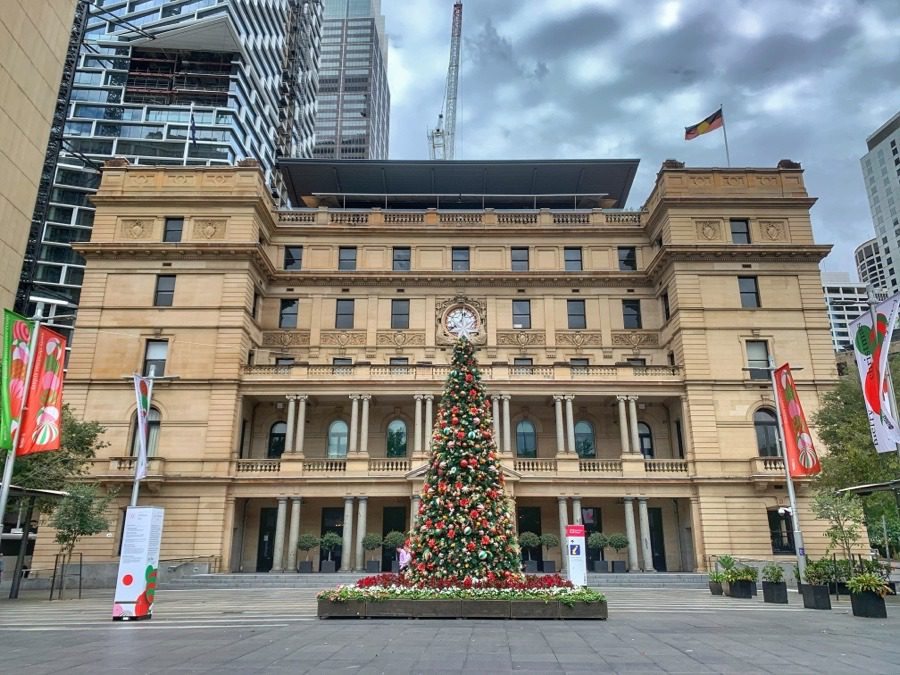
For an exceptional dining experience, be sure to visit Cafe Sydney. The delectable cuisine and the breathtaking nighttime view of the Sydney Opera House make it an absolute must-try.
Circular Quay train station stands as the nearest railway hub to Customs House, conveniently connected by the Sydney city line from Central train station. To stay informed about the latest public transportation details, refer to the Transport for New South Wales (TfNSW) website.
Whether using credit/debit cards or the Opal transport card, payment for transportation is hassle-free. Opting for the Opal card not only provides convenience but also secures discounted fare rates for your journey.
Stop 2: Site of First Government House
Established in 1789, the First Government House served as the inaugural residence for the governors of New South Wales (NSW). Occupied until 1845, the two-storey structure with six rooms, two cellars, and a rear staircase was unfortunately demolished in 1846. Captain Arthur Philip, the first governor, laid the foundation stone and was its initial occupant. The house’s demise was attributed to poor mortar and white ant infestations, leading to its demolition.
Presently, the Museum of Sydney occupies part of the site, showcasing a stone foundation marking the location of the First Government House. Explore this historical site, and within the museum, delve into its fascinating collection and exhibits.

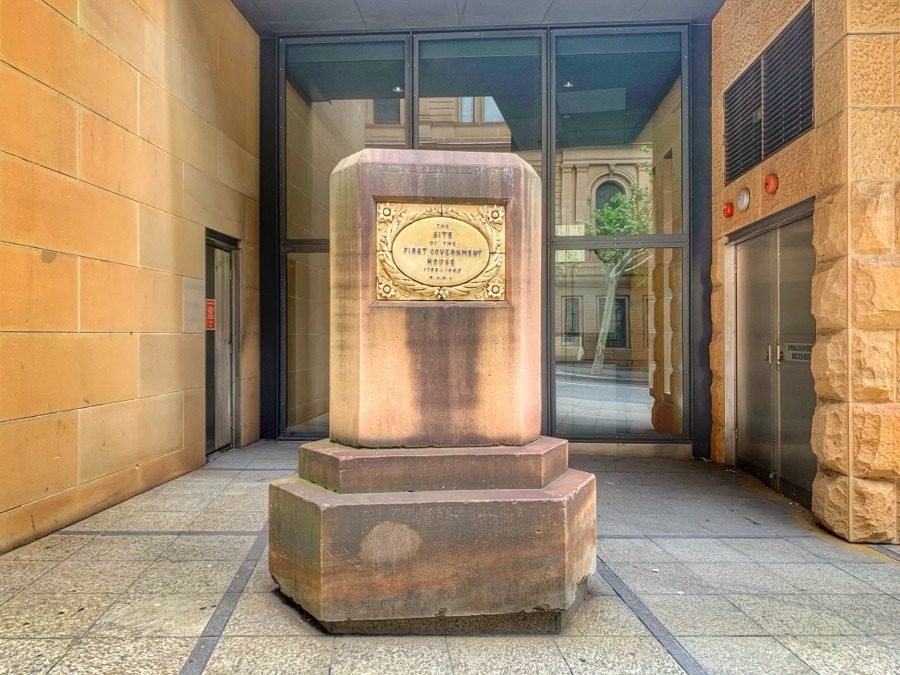
Stop 3: Bridge Street
Bridge Street is one of Sydney’s oldest and most historic thoroughfares, spanning 500 meters and featuring numerous significant buildings and sites. Governor Macquarie bestowed the name upon this street in the year 1810, adding to its rich historical legacy.


Stop 4: Grosvenor Place
Grosvenor Place, a distinguished commercial building situated on Sydney’s George Street, boasts 44 floors and was meticulously designed by architect Harry Seidler. The building has earned a total of 10 awards, notably including the Green Globe award, a prestigious recognition for a decade of sustainability achievements.
Fun fact: My inaugural job in Sydney was situated on the 21st floor of Grosvenor Place, offering stunning harbor views.
Stop 5: St Patrick’s Church
Established in 1840, St Patrick’s church is an actively used Catholic church located in The Rocks. The architectural visionaries behind this structure were William Fernyhough and John Frederick Hilly. Presently, ownership rests with the Trustees of the Roman Catholic Archdiocese of Sydney. Visitors are welcome to explore the church from Monday to Friday between 9:00 AM and 4:30 PM.
Stop 6: St Philip’s Church
St. Philip’s Church, situated on Church Hill, holds the distinction of being the oldest Anglican church parish in Australia. The present-day St. Philip’s Church was inaugurated in 1858. The original church, constructed in 1793 with convict labour, suffered destruction by fire in 1798. A second stone church emerged in 1856, known for its subpar materials and often deemed the ugliest church in Christendom.
Recognized for its historical significance, St. Philip’s Church is listed on the Register of National Estate.
Stop 7: The Big Dig
Situated on Cumberland Street, The Big Dig stands as a heritage-listed archaeological site, unveiling the remnants of old Sydney’s homes and lanes. These foundations offer a glimpse into the structures built by the early settlers in Australia.
Don’t miss the opportunity to explore the Big Dig Archaeological Education Centre during your visit.
Part 2: The Australian Heritage Hotel to Dawes Point
Commencing at the Australian Hotel in Circular Quay and concluding at Dawes Point in The Rocks, Part 2 of the Colony History Walk spans approximately 1 to 1.5 hours at a relaxed pace. It’s important to be aware that the route includes steep stairs along the way, adding an element of adventure to the historical exploration.
- Starting Point: The Australian Heritage Hotel.
- Finishing Point: Dawes Point.
- Total Distance: 1.8 kilometres.
- Total Time Taken: 1 to 1.5 hours.
- Grade: Easy.
- Path: The Australian Heritage Hotel – Garrison Church (Holy Trinity) – Observatory Hill Park – The Lord Nelson Brewery Hotel – Hero of Waterloo – Ferry Lane & the Paddock – Dawes Point/Tar-ra.
Stop 1: The Australian Heritage Hotel
Exuding old-world charm through its architecture and ambience, the Australian Heritage Hotel offers a delightful setting for enjoying beers and indulging in pizzas. Since its inception in 1914, this historic establishment proudly holds the longest-running hotel license in Sydney.
Stop 2: Garrison Church (Holy Trinity)
Established in 1846, the Garrison Church is a heritage-listed and actively used church in Sydney. Also recognized as Holy Trinity Anglican Church and Hall, this historical site is owned by the Anglican Church Property Trust. The church holds notable significance in illustrating the pattern of natural history in New South Wales (NSW).
- Operating hours: 9:30 AM to 4 PM.
Fun fact: The Garrison Church holds the distinction of being the first military church constructed in colonial Australia.
Stop 3: Observatory Hill Park
Offering breathtaking views of the Sydney Harbour Bridge, Observatory Hill Park stands as a remarkable destination in the Sydney Central Business District (CBD). With a history dating back to 1796, the park served as the site of the colony’s first windmill and is also recognized as Windmill Hill, Fort Philip, and Flagstaff Hill. Hosting several historical buildings, the standout structure is the Sydney Observatory, constructed in 1858.
- Notably, entry to Observatory Hill Park and Sydney Observatory is free.
The park is a favoured location among wedding photographers, renowned for its popularity as a lookout and photography spot.
Stop 4: The Lord Nelson Brewery Hotel
Australia’s oldest pub brewery and Sydney’s longest continually licensed hotel, The Lord Nelson Brewery Hotel, has been a brewing icon since its establishment in 1841. Globally recognized for its exceptional beers, this three-storey sandstone building, designed in the Old Colonial Regency style, stands as a testament to Sydney’s history. Notably, the hotel secured its liquor license a year before Sydney was officially proclaimed as a city.
For beer enthusiasts, The Lord Nelson Brewery Hotel is a haven with its impressive variety of craft beers. This is certainly a noteworthy destination for those who appreciate quality brews.
Stop 5: The Hero of Waterloo
Erected between 1843 and 1844, the Hero or Waterloo is a heritage-listed pub located in Millers Point, Sydney. As the second oldest surviving hotel in the city, this three-storey building is crafted from ashlar stone, showcasing remarkable architectural integrity.
Noteworthy is the Hero of Waterloo’s preservation of substantial evidence in its original form, providing a glimpse into Sydney’s historical past.
Stop 6: Ferry Lane & The Paddock
Ferry Lane, characterized by cobblestone pathways flanked by petite cottages, paints a quaint picture of a bygone era. This charming lane, however, faced abandonment during the Bubonic Plague. In the wake of the outbreak, some houses were intentionally incinerated as part of the evacuation process, while the entire area underwent extensive fumigation efforts.
In 1914, the site underwent clearance and leveling, transforming into a green space designated for local children to engage in play. This area came to be known as the Paddock, marking the inception of Sydney’s first-ever children’s playground.
Stop 7: Dawes Point/Tar-ra
Tar-ra, an Aboriginal name for the peninsula, commonly recognized as Dawes Point, holds historical significance as a place where Indigenous people used to cook fish. Named after Lieutenant William Dawes of the First Fleet, this area offers a glimpse into the cultural practices of the Aboriginal community.
Keep an eye out for engravings near the Dawes Point Battery, as these intricate carvings were created by the Aboriginal people, contributing to the rich cultural tapestry of the region.
Bonus Stop: Cadmans Cottage
Cadmans Cottage, a heritage-listed former water police station and sailor’s home, stands as the oldest surviving residential cottage in Sydney.
- Visiting hours: Tuesday to Sunday from 10 AM to 4:30 PM.
- Free guided tours are conducted on the 1st and 3rd Sundays of each month, running from 9:45 AM to 10:15 AM.
- For additional details, refer to the National Park NSW website.
Is Sydney Safe for Solo Female Travelers?
Sydney ranks among the safest cities I’ve traveled to, with minimal issues encountered during my explorations within the city. Nonetheless, exercising caution and being mindful of your surroundings, especially at night, is a prudent practice, as is the case in any urban environment.
Closing Notes
The Colony History Walk is one of the most enchanting walks I have experienced in the city. Offering a fascinating glimpse into Sydney’s rich history, it was truly amazing to compare the past with the present. I thoroughly enjoyed this walk, and without a doubt, I would highly recommend it to everyone seeking a captivating exploration of Sydney’s historical narrative.



